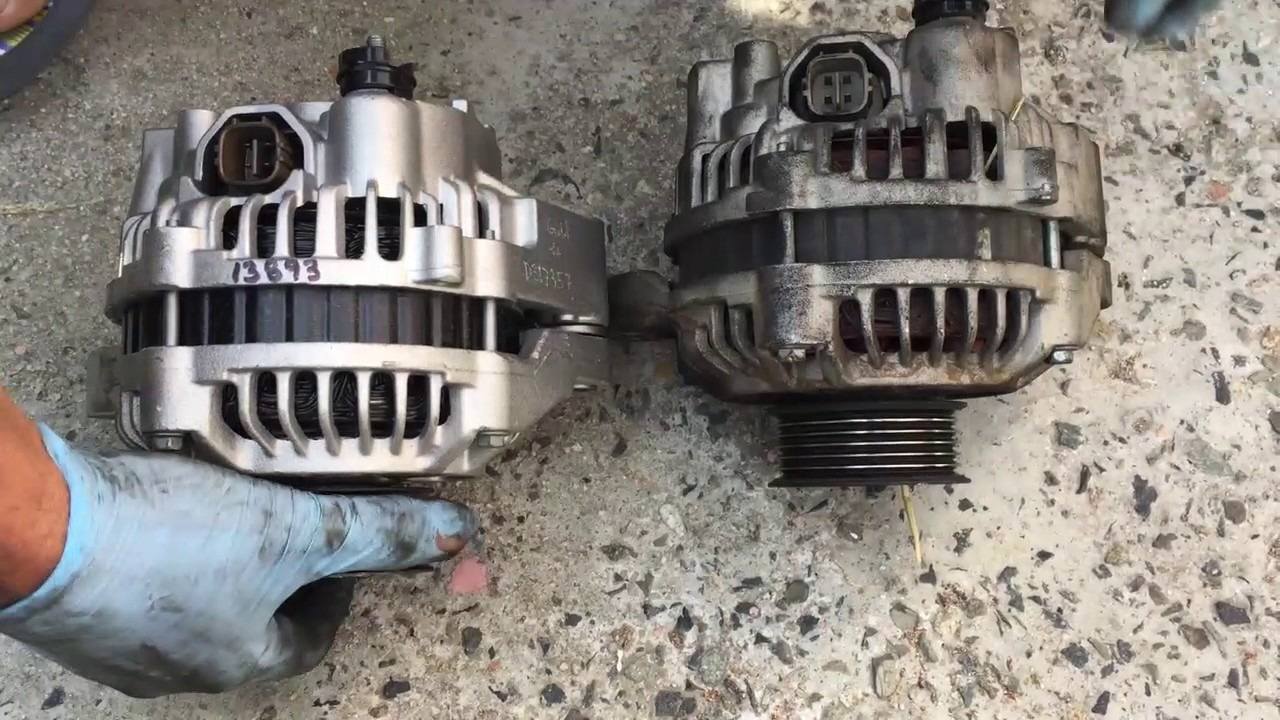
Alternator – 2006-2011 1.8L Honda Civic
Honda Civic Alternator FAQ
An alternator is an electric device transforming the mechanical energy into the electric current. This current feeds the car’s battery and powers the car electric system (lights, ignition, board computer, car outlets, etc.) when the engine is working.
The alternator gets engaged by the engine through a serpentine belt. The belt spins the metal wire coil in the magnetic field creating the electric impulse. The produced current is an alternating one. Depending on the complexity of the electric system of the car, the size of its battery and the engine power, the more or less powerful alternator might be needed. Having an alternator with higher amperage might lead to the battery overcharge and fail.
There are several ways to determine if the generator is working properly. Using the voltmeter, you can check both the battery and alternator state. Perform the following steps:
– Test the battery. Turn the engine off, connect the voltmeter to the power cell of your car (red wire goes to the positive post, black — if the negative). The reading should excess 12.2V. If it’s lower, charge the power bank until it has proper voltage or install another compatible cell.
– Turn on the engine and depress the accelerator pedal letting the RPM pointer wind up to 2.000 indication. Let the engine run.
– Without shutting the engine, check the reading on a voltmeter. Indication of 13 – 14.5V testifies that the alternator works properly.
If you’re an experienced driver and know your car well, some signs will let you know the alternator doesn’t work well:
– Squealing and whistling sound becoming louder when all the electric accessories are turned on, which means the bearings and /or the belt should be replaced.
– If the radio signal becomes blurry or squealing at high RPM, the alternator has a breakage.
If the generator fails on the road, the car will still be running until the battery drains. Thus, the distance / time to go depends on:
– Current state of a battery (the charge level and average discharge rate).
– Amount of accessories used (e.g. headlights, board computer running, etc.).
– Road conditions.
On average, the fully charged battery should let your car run (lights, heating, radio off) another 30-35 miles. The battery capacity matters as well.

My name is Brandon, and I’ve been interested in cars since I was a kid. I got a bachelor’s degree in Automotive Technology and worked in a private car workshop. I have two cars that have been completely upgraded with my own hands. So I successfully put all my knowledge into practice.
Last update on 2025-12-30 / Affiliate links / Images from Amazon Product Advertising API
